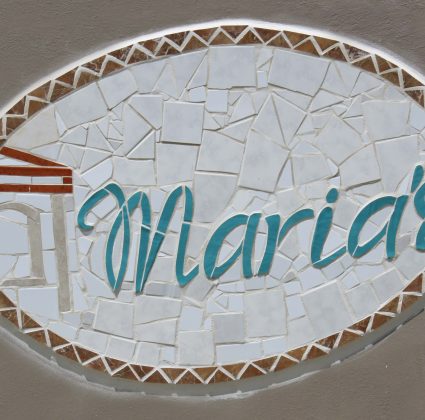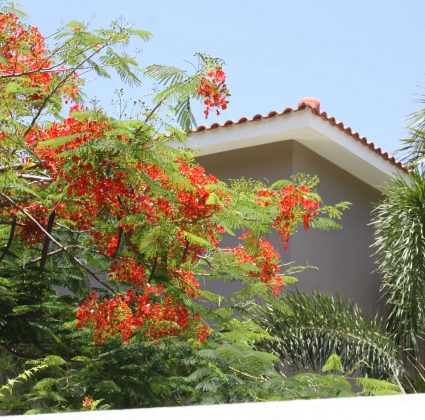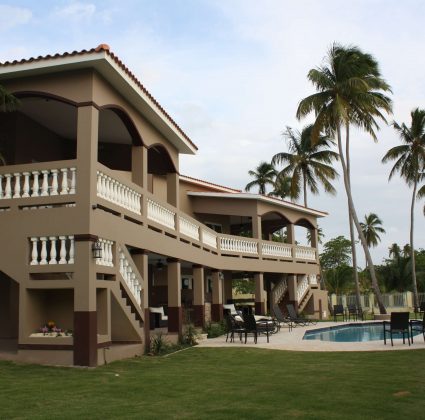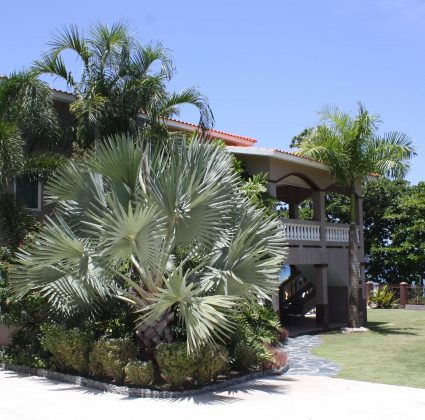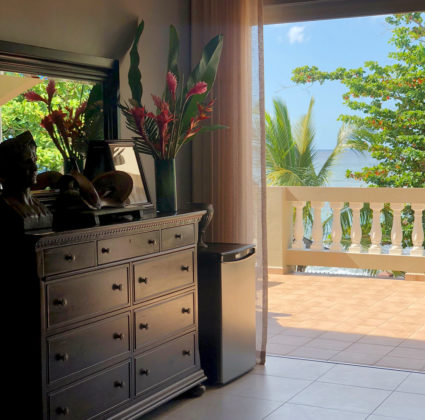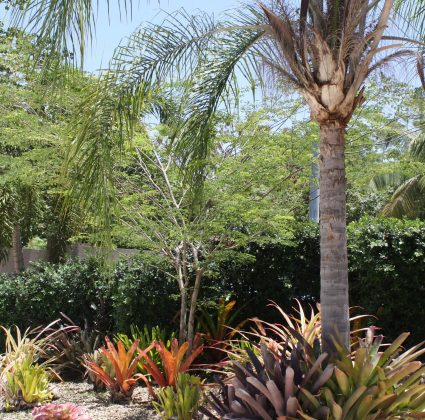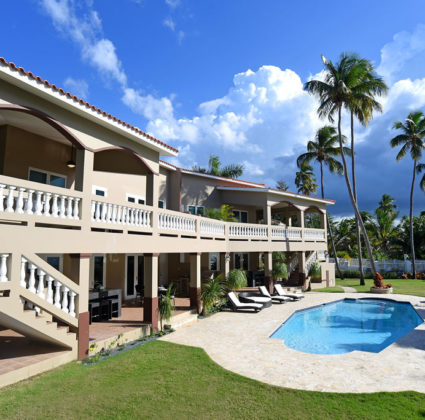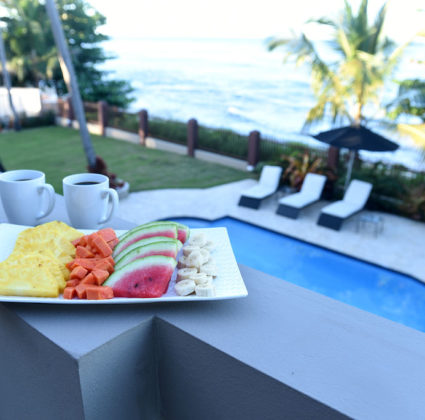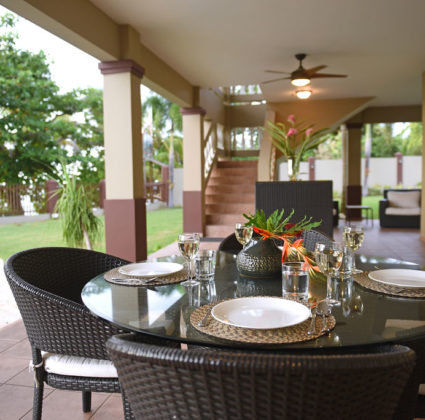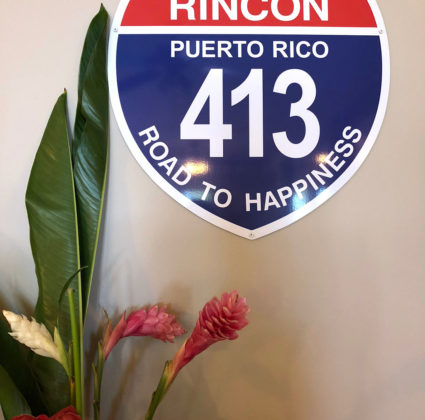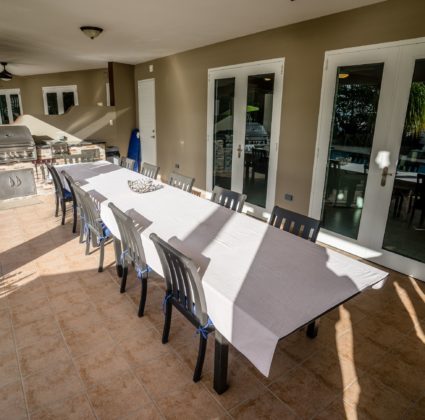Over the past few centuries, Puerto Rico has become a diverse melting pot of culture as people of Taino, African and European descent have brought with them and adapted their traditions to the island. One area in which this cultural exchange is very apparent is in the culinary traditions of Puerto Rico. Much of Puerto Rico’s most popular cuisine originates in regions across the globe with spices, seasonings and even key ingredients adapted to suit a multicultural palate. Check out some of our favorite Puerto Rican staples and learn more about their fascinating origins.
Mofongo – A West African Origin with Taino and European Twists
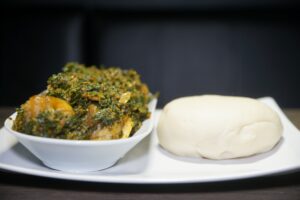
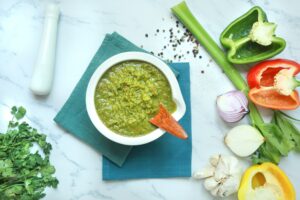
Today, mofongo is perhaps one of Puerto Rico’s most ubiquitous foods, a delicious mound of fried plantains with aromatic vegetables, chicharron (pork crackling) and a side of broth. Yet, according to Smithsonian Magazine, mofongo’s history begins in West Africa as another dish known as fufu. As the enslaved Taino population of Puerto Rico dwindled, Spanish colonizers imported slaves from West Africa, who brought fufu – a dish of boiled mashed yams, plantains or cassava – with them. Over time, Taino and European influences – such as sofrito (garlic, onions and bell peppers cooked in oil) – were added to fufu, creating the mofongo we all know and love today.
Ceviche – An Ancient Dish Adapted to the Modern Day


Tostones – A Commonplace Dish of Unkown Origins
At almost every restaurant and bar in Puerto Rico, you can order a plate of tostones. Similar in flavor to french fries, tostones are flat disks comprised of plantains that have been fried, smashed, fried again and seasoned with salt. Tostones may be served plain or with a variety of sauces, meats, and/or vegetables. Unlike other dishes on this list, tostones lack a clear origin. According to SPOON, plantains were introduced to the Caribbean and Latin America by Europeans and spread quickly, the plant thriving in the tropical climate. With few ingredients and the relative ease with which they can be adapted for other dishes, tostones likely developed as a product of convenience, utilizing the locally available crops.

Pernil – A Spanish Dish With Local Flavors
Pernil is a Puerto Rican dish comprised of pork (leg or shoulder) that is marinated and slow-roasted. Based on traditional Iberian cooking techniques, pernil has been adapted over the years to suit local palates, according to WorldFoodWiki. In Puerto Rico, the cut of pork is first marinated in a mixture of citrus juices, garlic, herbs, spices and other ingredients. After the pork marinates, the pernil is slow-roasted, allowing it to develop a dark brown outer crust and become incredibly tender inside. Given the time and effort that goes into making the dish, pernil is usually only prepared for special occasions, like Christmas or weddings.
When you visit Puerto Rico, you can try all these delicious dishes and more. For the perfect Puerto Rican vacation, book your stay with Maria’s. When you’re ready to stay with us, booking is done through Twin Palms, Maria’s rental, and onsite management. Please visit our booking page on this website to view the availability of Maria’s and fill out our convenient contact form. If you have any additional questions regarding Maria’s, you may call Elizabeth at 787-685-6648 (español: Cristina at 787-449-3673).
